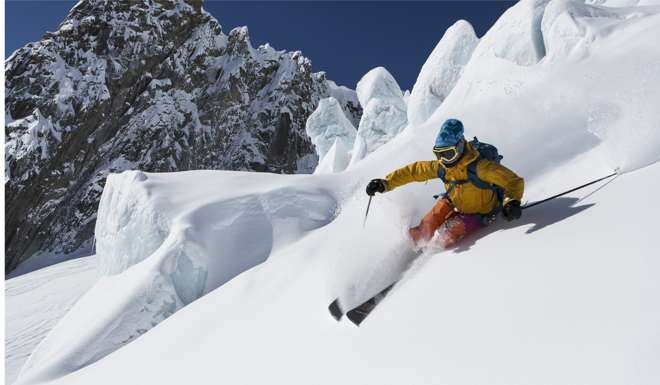
Freeriding: everything you need to know about this winter’s coolest sport
Huge improvements in ski equipment enable recreational skiers to make serious forays into wild terrain, once the exclusive territory of ‘experts’. Here’s where to buy the best gear
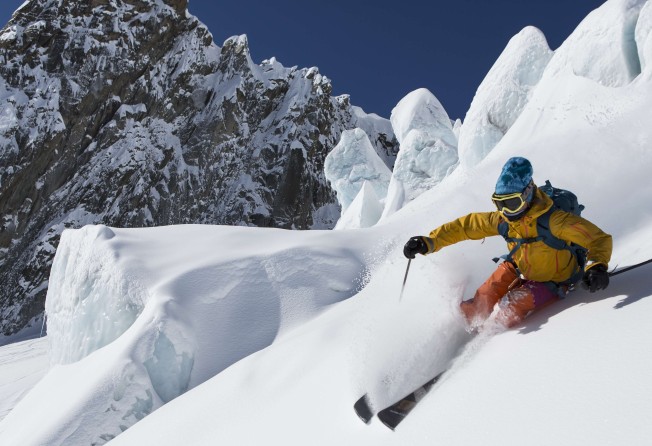
It used to be called off-piste skiing, but these days “freeride” is the cool new name in winter sports. What it refers to is skiing anywhere on the mountain other than the immaculately prepared pistes of ski resorts; if you can throw in the odd jump or other trick along the way, so much the better.
This means you need to be at least a half-decent skier if you have aspirations to be a “freerider”. You could find yourself taking on anything from fluffy, light-as-air powder snow to heavy, wet slush and even ice, as well as having to negotiate untracked back-country terrain.
Most freeriders use resort ski lifts but, rather than ski back down the pistes, they’ll hike or “skin” into the back country from the top of the lift to find the action. “Skinning” involves using ski bindings that allow your heels to lift so you can walk on your skis (regular downhill bindings lock your heels in place, making walking very difficult), along with “skins” which are fastened to the base of the ski and have a nap that allows the skis to move forward but prevents them from sliding back.

“If you ski seriously it’s almost impossible to ignore the temptations of off-piste or back-country skiing,” says mountain guide Nigel Shepherd, who is Alpine safety adviser to the Ski Club of Great Britain. “One tires quickly of manicured and pampered pistes; floating through untouched powder, weaving a way through snow-clad pine trees or experiencing the grandeur of high alpine glaciers is, for me and for many others, the ultimate skiing experience.”
Experts like Shepherd have been doing this for decades; but thanks to huge improvements in ski equipment in recent years recreational skiers are also now able to start making serious forays into this wild terrain, which was once very much “expert only” territory.
Wider, more adaptable skis which are easier to use in varying snow conditions, better bindings and improved safety equipment have been largely responsible for the rise in popularity of freeriding (the gear looks pretty cool too, which helps).
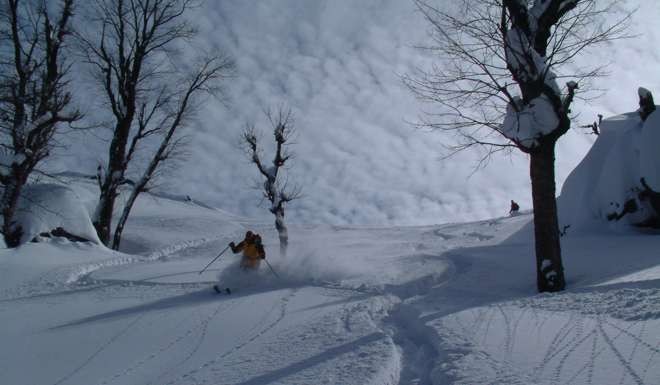
So, does freeriding actually consist of little more than heading to your favourite ski resort, taking a ski lift to the highest point and then simply heading off-piste? Well, yes and no. Not all ski resorts are created equal in this respect, with places like Chamonix in France, Verbier in Switzerland and Alta in Utah having the right combination of altitude, challenging terrain and consistently great snow to make them favourites amongst freeriders.
Elsewhere, such as in British Columbia, Canada, skiers will access the mountains by helicopter for the freeride experience. Last Frontier Heliskiing based in northern British Columbia is one of the world’s premier heliski operators, but you need deep pockets to enjoy this means of accessing the back country: a five-day trip with them will set you back more than C$8,000 (HK$47,000).
Asia has much to offer, too. “People don’t normally associate Asia with skiing but it’s a huge, wild continent with some of the biggest mountains in the world,” says James Morland, director of heliski specialists EA Heliskiing (eaheliskiing.com).
While Japan is the trendy place to ski, the country that Morland recommends is India; particularly the magical Kullu Valley in Himachal Pradesh. “I first visited this mythical place nearly 20 years ago and was blown away by the experience of skiing in this beautiful and culturally rich corner of northwest India. With a high density of the most incredible ski terrain imaginable, deep powder and 6,500-metre Himalayan giants towering above you, there are few places that can compare.”
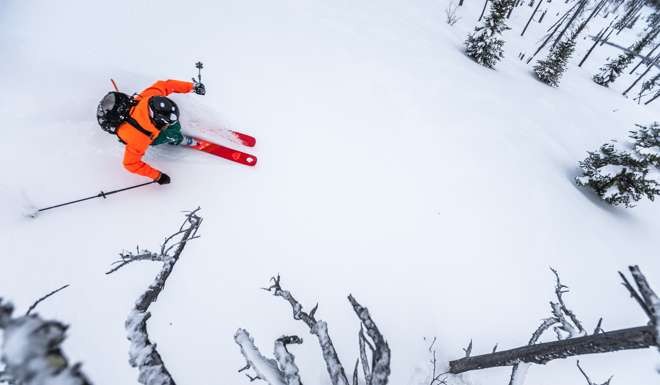
The sport also allows smaller ski resorts to get a look-in since rather than being all about providing a user-friendly resort infrastructure such as piste skiing, freeriding actually focuses on getting away from that. This means that relatively small resorts such as Red Mountain in British Columbia and La Grave in France have become popular among the backcountry brigade for their combination of easily accessible but challenging riding.
One vital consideration for all freeriders is safety – once outside a ski resort’s boundaries there is no ski patrol to ensure the slopes are safe. “Avalanche transceiver, shovel, probe and a pack with an avalanche airbag are essential items of a safety kit,” says Shepherd. “That said, equipment alone won’t keep you safe – knowledge and practice in using them is vital alongside an in-depth understanding of what makes mountains tick and showing them the respect that they wholly deserve.”
Ironic, then, that despite the sense of freedom and spontaneity encapsulated in the term “freeride”, the activity actually comes with its own set of recommendations, if not rules. But take those on board, hit the mountains at their most pristine, and freeriding is up there with sports such as surfing and paragliding for its total immersion in time and place.
ALL THE GEAR:
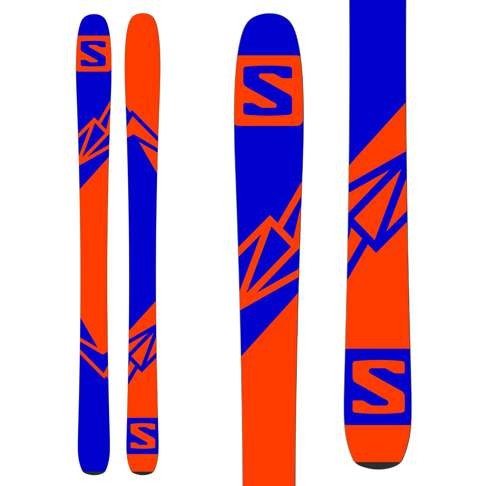
One of this season’s best freeride skis, designed to work well on varying terrain and in soft and hard snow. (HK$4,365, salomon.com)
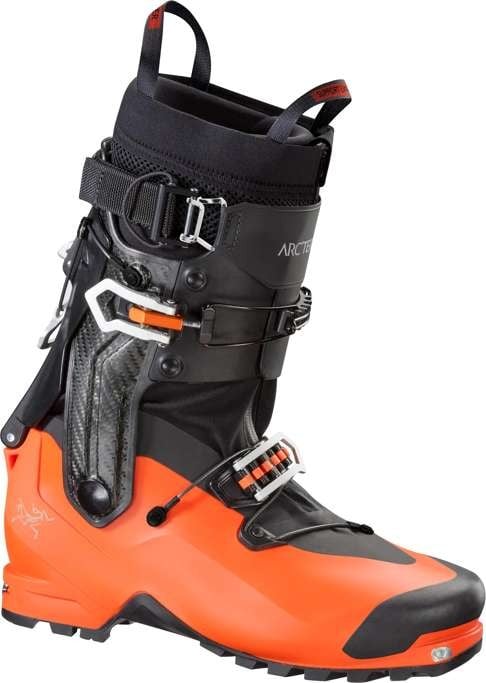
The Procline is a hybrid ski boot which combines all the features of a classic alpine climbing boot with those of a lightweight ski boot to allow you to both ski and climb. (HK$4,656 – HK$5,626 depending on model, arcteryx.com)
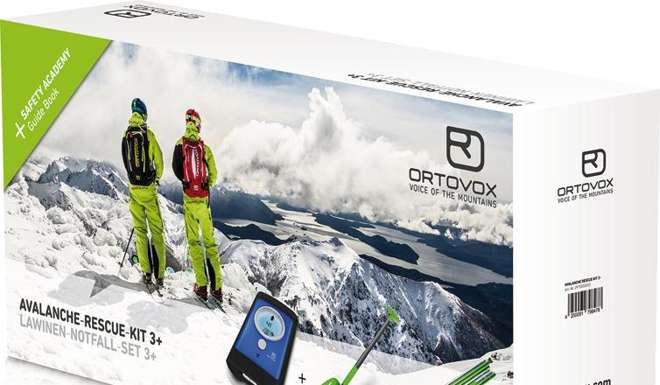
Ortovox 3+ Avalanche Rescue Kit
A full set of transceiver, shovel and avalanche probe in a high-quality box set at somewhat less than the cost of buying each item individually. (HK$2,670, ortovox.com)
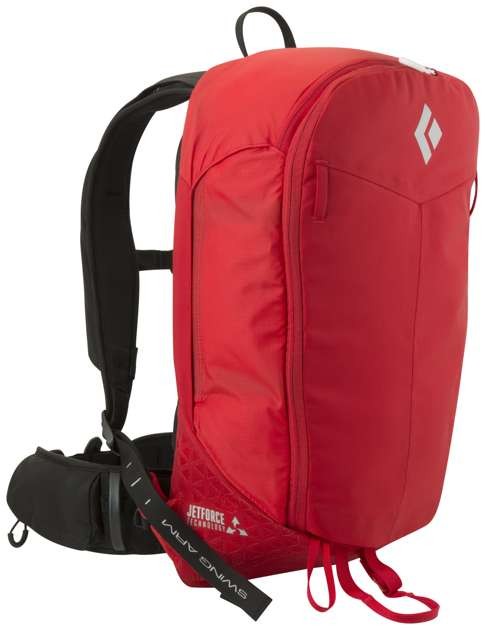
This pack features Black Diamond’s “JetForce Technology”, an innovative jet-fan inflation system that inflates an in-built 200-litre airbag in four seconds to help you float on top of an avalanche, and automatically deflates after three minutes to create an air pocket if you’re buried. (HK$7,760, blackdiamondequipment.com)
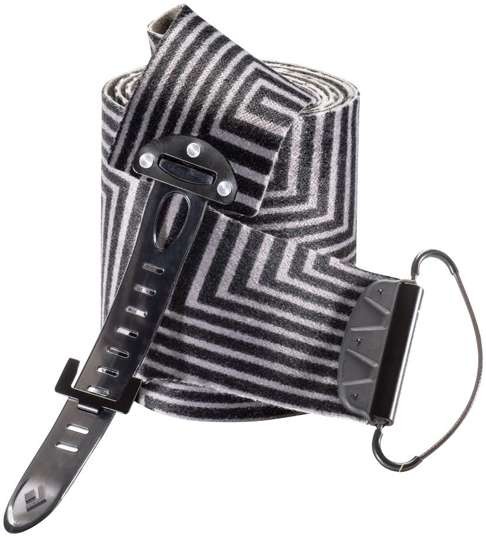
The GlideLite Mix STS feature a mix of 65 per cent mohair and 35 per cent nylon for efficient glide and traction, and they weigh just 696g a pair. (HK$1,500, blackdiamondequipment.com)
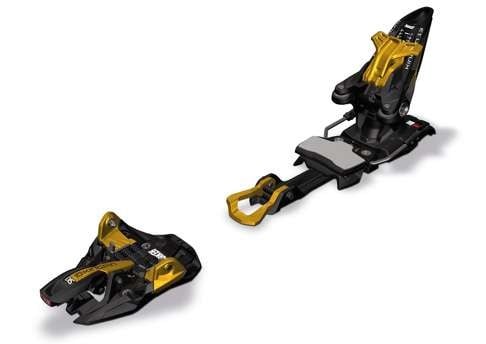
The Kingpin is a “hybrid” binding, combining the downhill performance and control of a technical alpine binding with the lower weight and bulk of a ski touring binding that allows users to climb up the mountain as well as ski down it. (HK$3,780, marker.de)